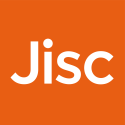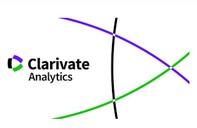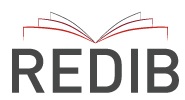MOTIVATIONAL PROFILES IN LOCAL SPORT CENTERS
Abstract
The purpose of this paper was to detect motvational profiles in local sport centres. Based on self-determination theory (Deci y Ryan, 1985, 1995, 2001) and the Vallerand’s integrated proposals (1997, 2001), it was expected that at least two motivational profiles would emerge: a self-determined profile and a conditioned motivationally profile toward physi-cal activity. In order to reach the purpose of this study, questionnaires were administered to 727 users, aged between 14 and 78 years, from two local sport centers.A cluster analysis produced two motivational profiles which were rep-licated in the second sport center. The first cluster was named the ‘self-determined profile’ because the users reported higher level of self-determined motivation, perception of task-involving climate, incremental belief, perceived competence and perception of autotelic experience than the second of motivational profiles. The second cluster was named the ‘conditioned motivationally profile’, with a higher external motivation and desmotivation than the first one and also higher scores on perception of ego-involving climate and entity belief. Furthermore, a chi square analysis showed that the formation of both profiles were widely determined by the user’s previous practice in physical activity. The results demonstrate the importance of developing competence, incremental belief and self-determination, as it was associated with high level of perceived autotelic experience and other adaptative patterns which empowerment the adher-ence to physical activity.
Downloads
-
Abstract767
-
PDF (Español (España))395
The works published in this journal are subject to the following terms:
1. The Publications Service of the University of Murcia (the publisher) retains the property rights (copyright) of published works, and encourages and enables the reuse of the same under the license specified in paragraph 2.
© Servicio de Publicaciones, Universidad de Murcia, 2022
2. The works are published in the online edition of the journal under CC BY-SA 4.0 license, a Creative Commons Reconocimiento-CompartirIgual 4.0 (legal text). You are free to:
- Share: copy and redistribute the material in any medium or format for any purpose, even commercially.
- Adapt: remix, transform, and build upon the material for any purpose, even commercially.
The licensor cannot revoke these freedoms as long as you follow the license terms, under the following terms:
- Attribution: You must give appropriate credit , provide a link to the license, and indicate if changes were made . You may do so in any reasonable manner, but not in any way that suggests the licensor endorses you or your use.
- ShareAlike: If you remix, transform, or build upon the material, you must distribute your contributions under the same license as the original.
No additional restrictions: You may not apply legal terms or technological measures that legally restrict others from doing anything the license permits.
This work is licensed under a Creative Commons Attribution-ShareAlike 4.0 International License.
3. Conditions of self-archiving. Is allowed and encouraged the authors to disseminate electronically pre-print versions (version before being evaluated and sent to the journal) and / or post-print (version reviewed and accepted for publication) of their works before publication, as it encourages its earliest circulation and diffusion and thus a possible increase in its citation and scope between the academic community. RoMEO Color: Green.














